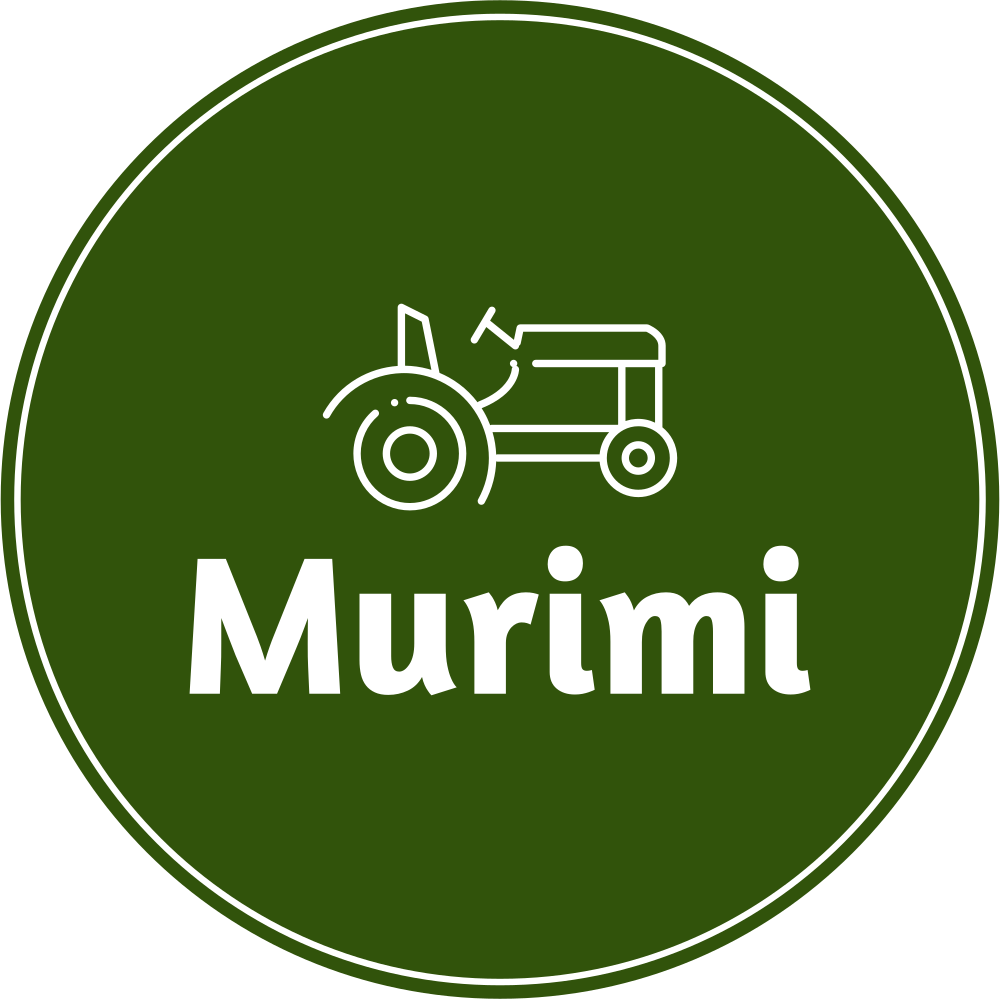When embarking on a piggery project, several key factors demand careful consideration:
Capital: The financial requirements for setting up a piggery project are contingent on the desired scale of operations. Capital is essential for constructing pigsties, procuring equipment and breeding stock. Working capital is also crucial to cover costs like feed, medications, and labor during the initial year. For breeding/feeding units, there is a cash outflow peak at the end of the first 11 months, while cash inflow only starts after 11 months. Sufficient funds are vital to sustain operations for this initial period.
Knowledge: Adequate knowledge of pig husbandry is paramount for the successful management of a pig production enterprise. Training in this domain is essential to prevent costly mistakes and ensure efficient operations.
Breeding Stock: The quality of breeding stock directly impacts the productivity of the unit. Inferior breeding stock leads to inefficient use of resources. Investing in high-quality breeding stock, despite higher initial costs, is more cost-effective in the long run.
Market: Identifying a market for the pigs before production commences is critical. Producers should avoid searching for a market when pigs are ready for sale. Pricing and proximity to the market are important considerations, as long distances can result in high transport costs, impacting project viability.
Water: Adequate, high-quality water is essential for pig growth and well-being. Lactating sows, in particular, require a significant water supply for milk production. Water requirements fluctuate with weather conditions. On hot days, pigs consume more water than on colder days, so budgeting approximately 150 liters of water per sow per day is advisable.
Housing: Properly designed pigsties facilitate daily operations and management oversight. Inadequate housing can lead to issues such as food sharing imbalances, space inefficiency, feed wastage, and poor pig performance.
Feed Availability: A reliable feed supply is a prerequisite for the project’s success. Pig feed typically accounts for around 80% of production costs. It’s crucial to ensure a consistent supply of compounded pig feed, typically made from maize or other grains and concentrates. For breeding/feeding units, budgeting approximately 3.4 tonnes of maize per sow per year is recommended.
Siting a Piggery
Consider the following factors when selecting the ideal location for pigsties:
Wind Direction: Position the pigsties in line with the prevailing wind direction concerning the homestead. This aids in ventilation and minimizes odor dispersion.
Avoid Swampy Areas: Do not construct pens in low-lying, swampy regions. Opt for well-drained areas to prevent waterlogging and maintain a dry environment.
Utilise Natural Slopes: Where feasible, leverage the natural landscape slopes for siting the piggery. This assists in efficient waste drainage and management.
Unsuitable Cropping Land: Preferably, use land unsuitable for crop cultivation as the pigsty location, optimizing land use.
Accessibility: Ensure the chosen site is easily accessible by trucks to facilitate supply delivery and pig transportation to the market.
Proximity to Water Source: Place the pigsties near a reliable water source to reduce the distance for water retrieval. However, exercise caution in managing effluent to prevent water contamination.
Future Expansion: Plan for future expansion by selecting a spacious location for the pigsties. This ensures room for growth and development of the project.
Security: Take security into account theft prevention. Isolated locations may pose security challenges, so consider this aspect when choosing the site.
Building Orientation: When constructing the sties, orient them to face north-south rather than east-west. This orientation minimizes the risk of sunburn and heat stress for the pigs.
Space Requirements: It’s crucial to maintain appropriate space for the pigs within the pigsty. Overcrowding can lead to stunted growth and increased disease transmission due to unsanitary conditions.
Pig Breeds
Large White
Characteristics:
Pristine white coat with upright ears.
Rapid growth rate.
Robust legs.
Prolific females with exceptional mothering skills.
Free from the halothane gene.
Lean and muscular physique.
High appetite and voluntary feed intake.
Sires contribute uniformity and quality to pig herds.
Adapt well to confined conditions.
Typically used for crossbreeding.
More susceptible to sunburn.
Landrace
Scandinavian Landrace and Belgian/Dutch Landrace
Common Traits:
White coat with floppy, forward-pointing ears.
Scandinavian type: Long, lean, and highly prolific.
Belgian type: Less prolific but muscular.
Belgian Landrace is blocky and well-muscled, with a higher risk of the halothane gene.
Docile dams with excellent mothering instincts and milking abilities.
Peak milk production after five weeks.
Less prolific than Large White.
Long-bodied with light shoulders and well-developed hams.
Produces lean, fast-growing offspring.
Prone to weak legs, often crossed with Large White to address this.
Duroc
Characteristics:
Varied color range from gold to dark brown.
Originated in the USA.
Robust breed, excelling in challenging conditions.
Drooping ears.
Strong legs.
Known for high intramuscular fat content.
Fast growth rate.
Average on mothering ability and litter size.
Resistant to the halothane gene, less affected by stress.
Primarily used as a terminal sire.
Hampshire
Characteristics:
Black coat with a white collar on the forequarters.
Emphasizes meatiness over reproductive performance.
Rapid growth rate.
High lean meat percentage.
Well-muscled pigs with efficient feed conversion.
Thrives in extensive conditions, in contrast to white breeds.
Mukota
Indigenous breed, typically black.
Features:
Hardy and resilient, capable of surviving harsh conditions.
Modest growth rate.
Early maturation.
Limited reproductive performance with small litter sizes.
Exceptional mothering ability in females.
Deposits fat at an early age.
Inefficient feed conversion ratio.
Distinguished by a long nose and a razor-backed appearance.
These descriptions provide an overview of each pig breed’s key characteristics and suitability for various farming conditions and purposes.
